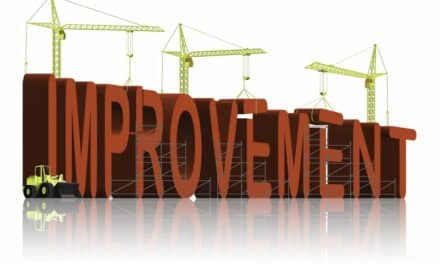A new study appearing in the Journal of the American Academy of Orthopaedic Surgeons (JAAOS) indicates that women with symptoms known as the “female athlete triad” face a greater risk of bone stress injuries and fractures.
Elizabeth Matzkin, MD, lead study author and orthopaedic surgeon, explains that the female triad is a “spectrum of symptoms that include low energy availability, menstrual cycle abnormalities, and low bone mineral density. Low energy availability can mean taking in inadequate calories or expending more energy than the body is designed to do. It can result from poor nutrition or eating habits, or any type of eating disorder. Any combination of these conditions can lead to premature bone loss in females.”
A news release from JAAOS reports that both athletes and nonathletes participating in any sports and exercise can develop symptoms of the female athletes triad. However, the release notes that the likelihood of female athletes sustaining a bone stress injury greatly increases as the number of symptoms they have rises.
The increase in percentages are as follows: 15% to 21% with one symptom; 21% to 30% with two symptoms; and 29% to 50% with all three symptoms.
Additionally, study authors state that female athletes diagnosed with poor nutrition or low energy availability are two to four times more likely to sustain a sports-related injury. Female athletes who self-reported menstrual cycle abnormalities had a nearly three times greater risk of a bone and joint injury, the results suggest.
In light of the increasing participation in sports by women and girls, it is key, the release says, to prevent, diagnose, and manage the components of the female athlete triad. Yet, the release also emphasizes that while the female athlete triad can pose a significant health risk, the benefits of participation in sports greatly outweigh the risks.
Matzkin recommends that any athlete who falls under the “umbrella” of the triad be “questioned by their physicians and educated regarding all of the components and potential health risks of this condition. By preventing premature bone loss in young female athletes, we can potentially prevent future fragility fractures.”
View the July 2015 JAAOS Table of Contents in full
[Source(s): PRNewswire, JAAOS]





